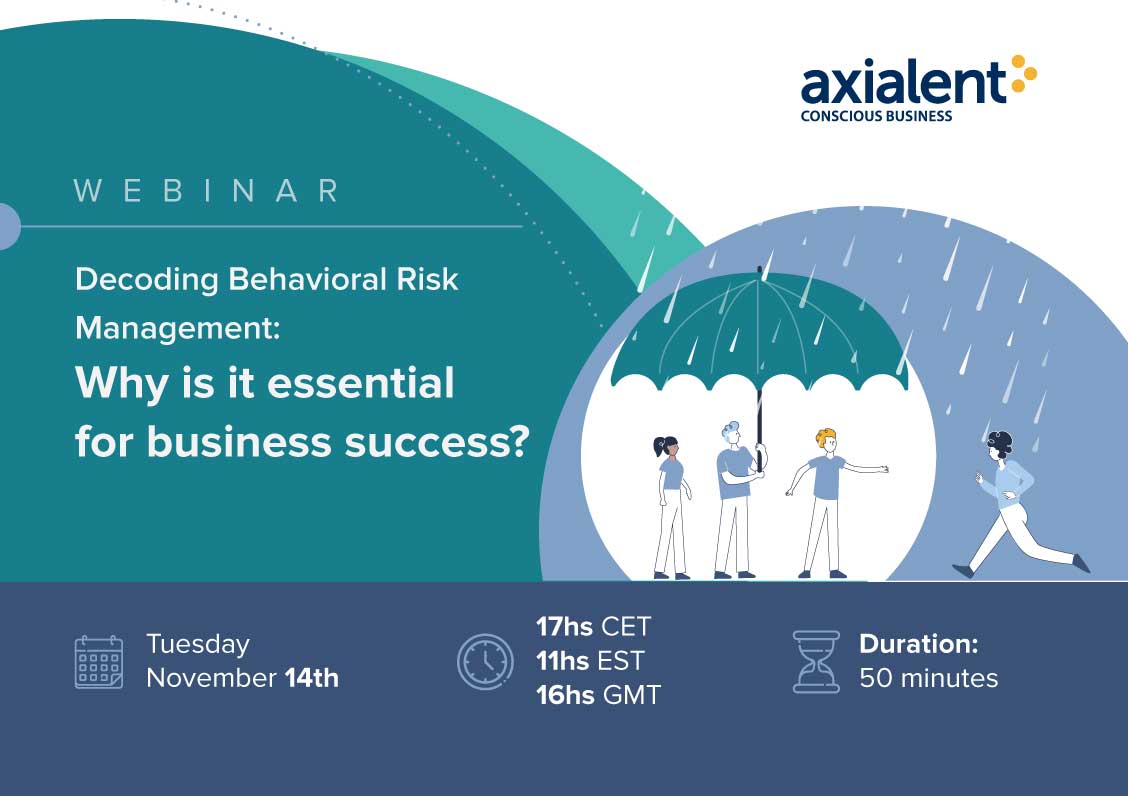Procrastination is a common struggle many people face, particularly in the context of modern, mentally demanding jobs. But what is the underlying cause, and how can individuals effectively address it?
This term, defined as the act of delaying or postponing tasks, often manifests as a form of dread when faced with a task, leading to the creation of excuses to delay in favor of something seemingly more urgent. Contrary to popular belief, this behavior is not necessarily a fault of character or a lack of productivity. Instead, it can be understood as an issue of emotional regulation; which refers to the ability to manage and respond to one’s emotional experiences in a healthy and productive manner. When faced with tasks that evoke feelings of stress, anxiety, or overwhelm, individuals may struggle to manage these emotions effectively, resulting in procrastination as a coping mechanism.
Adam Grant, among others, has framed the Procrastination tendency as a problem of managing emotions rather than a deficiency in motivation or drive. This perspective is particularly relevant for knowledge workers who frequently encounter challenges in maintaining concentration and avoiding delays.
Procrastination and Stress
Like stress, postponing tasks can have both positive and negative aspects. A small amount of stress can be beneficial, providing focus and energy to tackle priorities. Similarly, delaying tasks can sometimes be strategic, allowing time to gather necessary information before making a decision. However, when this tendency extends beyond these limits, it becomes counterproductive.
Understanding the root causes of procrastination is crucial. These can include:
- Emotional Overload: When the emotional burden of a task is too high, it can lead to avoidance behaviors.
- Cognitive Overload: Complex organizational structures, such as matrix organizations with conflicting directives, can overwhelm individuals, leading to delays.
- Structural Issues: Sometimes, the practical set-up of tasks or the lack of clear guidance can contribute to delays.
How Do Procrastination and Stress Impact Work Culture and Team Performance?
The culture within an organization plays a significant role in addressing procrastination. A culture that prioritizes emotional regulation, stress management, and a player mindset fosters, in the long term, high-performing teams. This is crucial for leaders that wish to achieve their team’s full potential. Such a culture encourages individuals to view tasks not as sources of stress but as opportunities for growth and learning. This shift is important for transforming procrastination from a habitual response into a manageable and even avoidable issue.
Practical Strategies to Combat Procrastination include:
- Physical Exercise: Engaging in regular aerobic exercise can boost energy levels and interest, making it easier to tackle tasks.
- Mindfulness and Meditation: These practices help improve focus and reduce emotional overload, providing a clearer mental state for approaching tasks.
- Reframing: A technique from behavioral therapy, reframing involves changing the perspective on a task. For instance, instead of aiming for perfection, individuals can focus on making progress and learning from the process. This shift can reduce the pressure and make it easier to start and continue tasks.
Perfectionism often contributes to procrastination, as individuals fear not achieving perfect results. By reframing tasks as opportunities to make progress rather than prove perfection, individuals can break free from unproductive thought patterns. This approach encourages a mindset of continuous improvement rather than one of stagnation due to fear of imperfection.
To address these issues, it is essential for leaders to view the brain as a critical organizational asset. By understanding and prioritizing brain health, leaders can enhance productivity, innovation, and overall well-being within their teams. This leads to the crucial areas of focus for brain health:
The Brain as an Asset
As a leader of a team or company, focusing on brain health for your team can significantly enhance productivity, innovation, and overall well-being. When considering brain health as a priority, as we covered before, Physical Exercise, Reframing challenges and Stress Regulation are crucial for performance success.
But before diving into these priorities, the most crucial step as a leader is to allocate your attention to what matters most. If brain health is the current priority, commit fully to this conversation and action plan. If an immediate business need takes precedence, focus on that, and revisit brain health when appropriate.
The ability to prioritize and allocate attention effectively is the foundation of strong leadership.
Investing in brain health is not just an individual benefit; it is a strategic organizational asset. By prioritizing physical exercise, reframing challenges, and regulating stress, you can create a more resilient, innovative, and productive workforce.
Encourage your team to engage in regular physical exercise, adopt a growth mindset towards challenges, and practice stress management techniques. Your leadership in prioritizing brain health will pave the way for a thriving, high-performing organization.








 The sea was calm when Ulysses and his sailors approached the island of the Sirens. All men had plugged their ears with wax to avoid hearing the deadly song of the Sirens. Only Ulysses dared to confront the danger and kept his ears open. However, he made sure that he would not be swallowed by the song of the Sirens by asking his men to bind him to the mast and not let him loose under any circumstance.
The sea was calm when Ulysses and his sailors approached the island of the Sirens. All men had plugged their ears with wax to avoid hearing the deadly song of the Sirens. Only Ulysses dared to confront the danger and kept his ears open. However, he made sure that he would not be swallowed by the song of the Sirens by asking his men to bind him to the mast and not let him loose under any circumstance.
